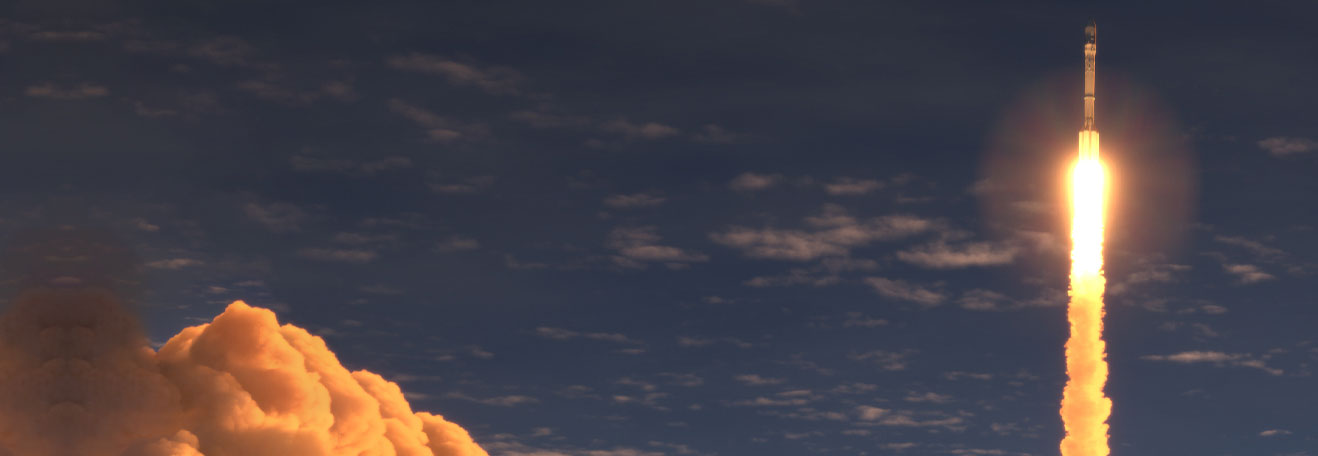
DTS E2E Phases
Discover how our systems and equipment work together seamlessly to capture, store, process, and transport data from onboard sensors, and deliver to mission control & display stations. This intricate process ensures the efficient flow and management of data, resulting in a finely tuned data stream with visualizations aiding in mission-critical decisions.
The DTS Phases
Here at Delta Telemetry Systems, we’ve broken telemetry down into 5 easy to follow phases.
Acquisition
Ground acquisition involves capturing and maintaining fidelity of the source signal using various equipment, starting at the antenna. The captured signal is amplified, filtered, and sent to receivers and bit syncs for processing. Multiple antennas and receivers may capture the signal, with a Best Source Selector used to ensure data quality.
Transport
In the transport phase, telemetry data must be efficiently moved from acquisition sites to mission control rooms. This often involves converting synchronous serial telemetry data to Internet Protocol (IP) telemetry using devices like PCM/Ethernet TMoIP Gateways for long-distance transmission.
Data format conversions are handled by tools like Data Distribution Systems (DDS) to ensure secure and efficient transfer of information across varying Range architectures.
Recording
The recording phase captures and stores telemetry data for later analysis. Telemetry recorders are essential for this task during aerospace system tests and missions. Recorded data is crucial for evaluating system performance, identifying anomalies, and making improvements.
These recorders offer many options to address storage capacity and mission objectives, from native signal reconstruction to TMoIP over Ethernet, catering to various data requirements and playback preferences.
Processing
In the processing stage, telemetry data is prepared for human interpretation. This involves extracting and decommutating data from the transport medium, retrieving encapsulated data, and applying engineering unit conversions before sending it to a display system.
Telemetry Data Processing (TDP) systems excel in providing deterministic time correlation and processing of the sensor data.
Display & Analysis
After processing, telemetry data is analyzed and displayed for visualization, using mathematical equations and diverse display options within a flexible Graphical User Interface (GUI).
Tools like Acroamatics Display and Analysis Tool (ADAT) simplify this process with customization, real-time playback, and various display widgets, aiding mission-critical decisions.
Phases
Acquisition
Transport
Recording
Processing
Display & Analysis
Navigate Our Complete End-to-End Telemetry System
Take a guided tour from the airborne vehicle down to the ground. Discover how our systems and equipment work together seamlessly to capture, store, process, and transport data from onboard sensors, and deliver to mission control & display stations. This intricate process ensures the efficient flow and management of data, resulting in a finely tuned data stream with visualizations aiding in mission-critical decisions.
















